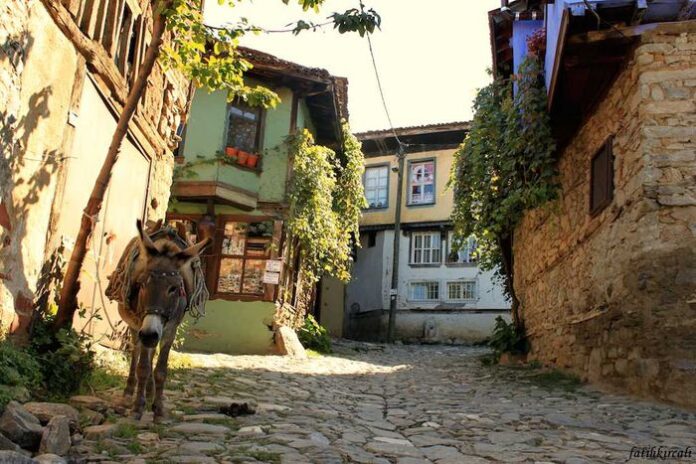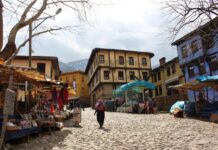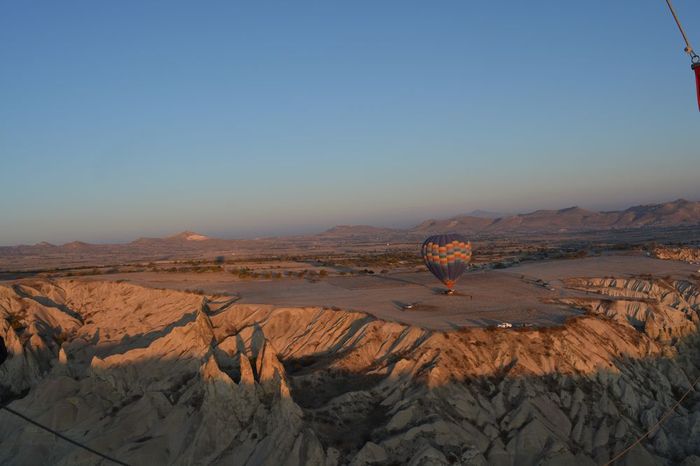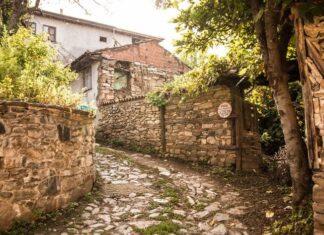The towers along the Outer Wall of Constantinople were much smaller than the towers found on the Inner Wall. These outer towers stood about 30 to 35 feet tall and projected around 16 feet beyond the curtain wall (the straight part of the wall that connects towers).
They were carefully placed so that they alternated with the large towers behind them, allowing the Inner and Outer Walls to protect each other more effectively. Many of these towers were either square or crescent-shaped, and the design often switched between the two. This pattern was probably intentional in the original construction, but may not have been followed consistently due to later repairs or changes over the centuries Private Ephesus Tours.
Inside the Outer Towers
Each tower included one chamber at the same level as the Peribolos (the inner terrace between the two main walls). These rooms had small windows, likely used for observation and limited defense.
In most cases, the lower part of the towers was a solid foundation, helping the structure remain strong. However, in some square towers, the lower level had a small chamber entered through a hidden postern gate (a small side door), which led to a tunnel running toward the city.
The purpose of these tunnels is not fully known, but they might have been used for secret movement of soldiers, or possibly to carry water pipes into the city.
The Role of the Outer Wall in Defense
Although weaker and smaller than the Inner Wall, the Outer Wall played an important role in defending the city. It served as a protective shield for the soldiers stationed in front of the Inner Wall. These soldiers were the first to meet the attackers and needed cover from the enemy’s weapons.
During the sieges of Constantinople in 1422 and 1453, some of the fiercest battles happened at the Outer Wall. Defenders fought bravely in this section, trying to stop the enemy from breaking through to the more secure parts of the city Inside the Towers.
The Outer Terrace Buffer Zone Before the Moat
Between the Outer Wall and the Moat was a wide open terrace, called the Outer Terrace (or exō peribolos). This 61-foot-wide area gave soldiers room to move and fight under the protection of the Outer Wall.
Its main purpose was to keep the enemy further away from the city’s core defenses. The wider the space, the harder it was for attackers to bring siege weapons close enough to the main walls. Soldiers also used this space to launch counterattacks and defend the moat from enemy advances.







